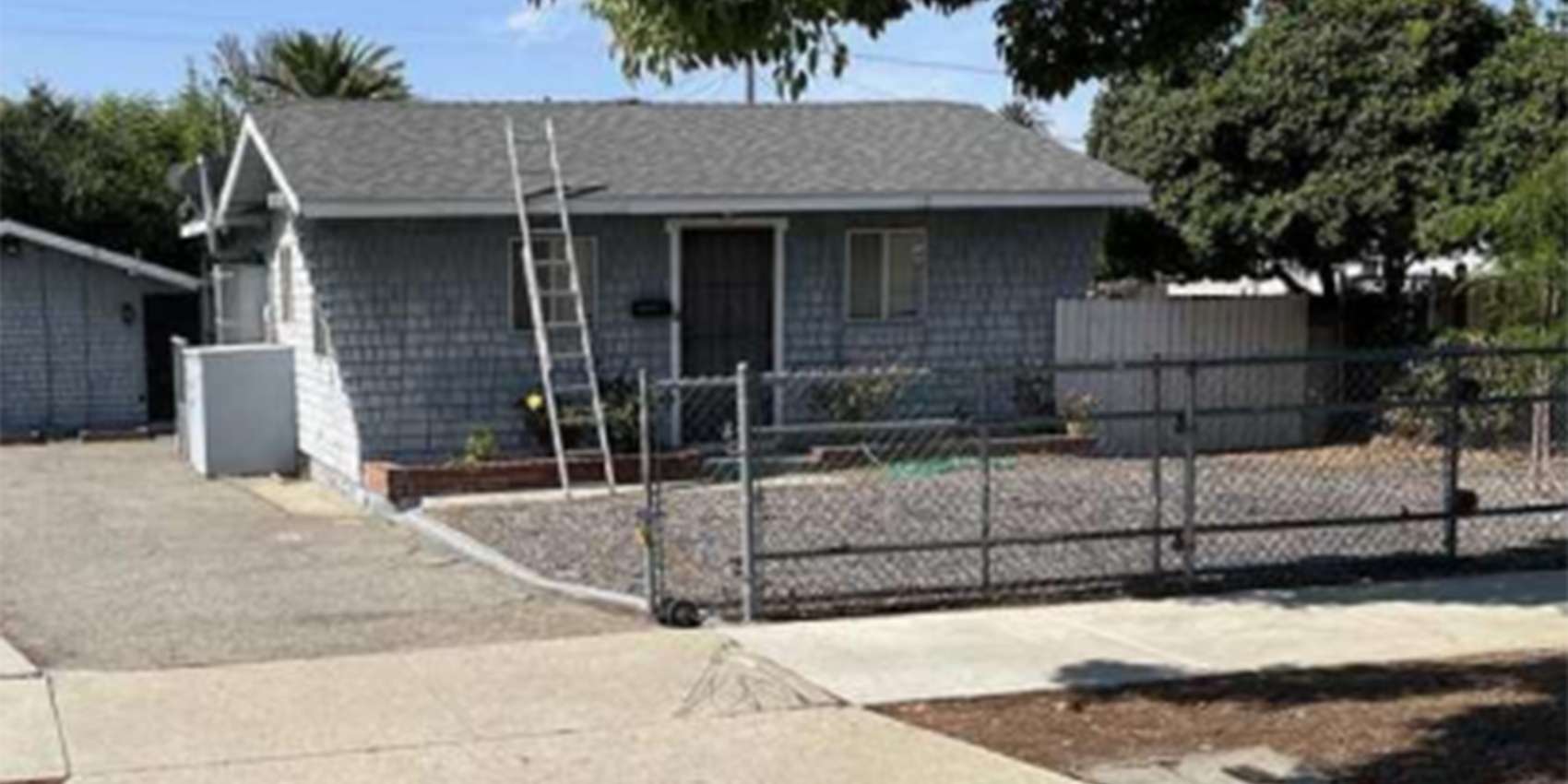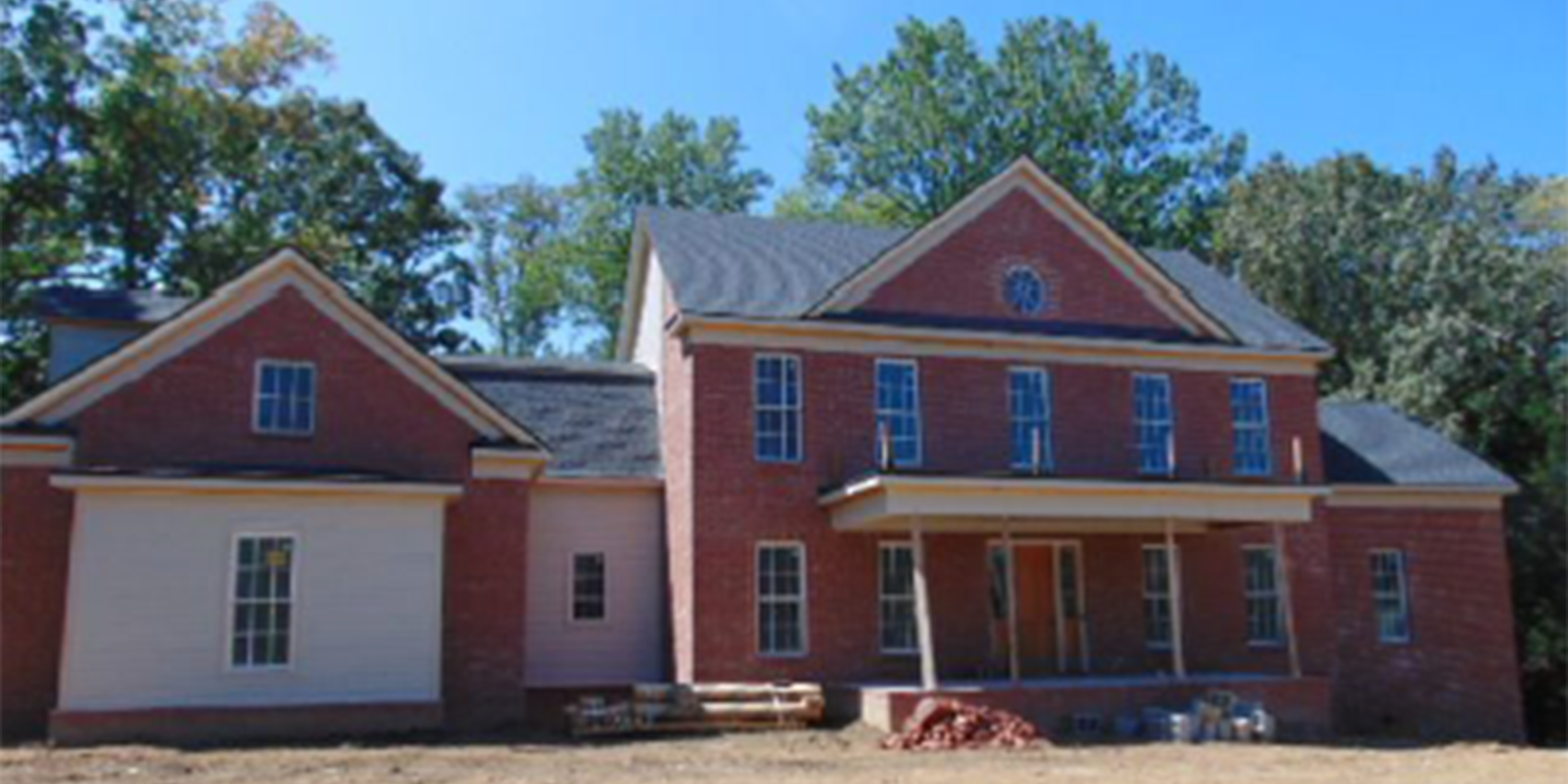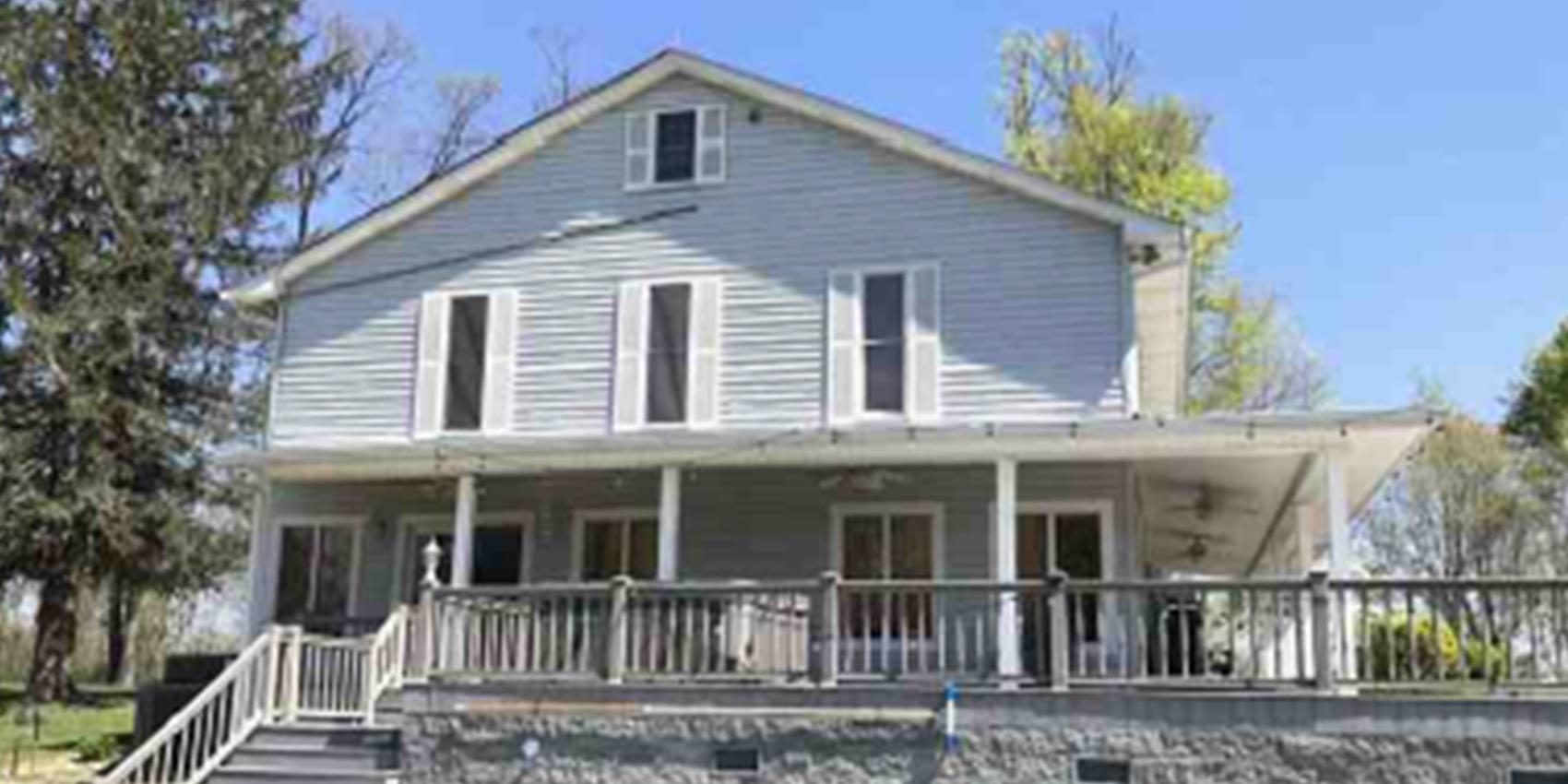Among the many phenomenon brought to us courtesy of the pandemic was the hyper-driven shift to a WFH culture. Granted, prior to the crisis we were seeing an increasing number of businesses offer remote work options given major technological transformation within a relatively short period of time; however, as we are all well aware, COVIC-19 monumentally hastened this shift. As a result, the effects are being felt and the impact is undeniable, particularly when it comes to the country’s major urban hubs. Places like NYC, San Francisco, and Los Angeles for example are experiencing migration shockwaves as professionals and companies alike seek out more affordable and less congested regions. The WFH reality has made once primary urban office/business hubs near obsolete in some circumstances. Case in point:

– There are record levels of sublease space now available in markets such as San Francisco where congested pre-COVID office conditions have become far less desirable. This in turn has led to a sharp decline in commercial occupancy rates in many of these major markets.
– Companies such as Amazon, Facebook, and Hewlett Packard (among numerous others) are seeking out greener pastures in a manner of speaking, with new HQ location searches being conducted in Sun Belt stalwarts such as Austin and Houston.
– According to recent data, predictions suggest that as much as 20% of work could theoretically segue into a WFH scenario, versus 5% pre-pandemic.
– There has been a notable migration of the country’s tech jobs into the Sun Belt region.
What Does This Mean for CRE Investing?
Historically, commercial real estate has been among the least volatile asset classes for investors. That said, paying attention to forecasts and market trends is key when it comes to smart investment strategies. The pandemic changed the game. While yes, this shift away from primary metro markets has been long in coming, it was also—up until now—gradual in coming. What the WFH factor in tandem with corporate migration into Sun Belt cities has shown us is that one-time CRE investment strategies need to be reimagined right now for a post-pandemic, WFH environment.

– Even though there has been a steep acceleration in terms of this new WFH culture, certain regions, be it because of overall business growth, tech sector migration or the movement of people into the area, are not as detrimentally affected as some other markets may be.
– With one-time crowded office buildings being vacated and fewer people relying upon that “downtown” lifestyle, landlords are struggling, and rental rates are increasing. Yet again, an impetus for companies and professionals to migrate out to less expensive and less congested Sun Belt regions.
– Household wealth in many of these outlying regions is growing. People are thus spending more money in suburban areas versus big cities. In those secondary markets experiencing job growth and therefore income growth, commercial real estate investment opportunities are becoming more and more solid—and profitable.
At Paradyme, we not only do our due diligence as far as the numbers go, we make sure that we are always one step ahead when it comes to the forecasts and market trends. COVID-19 prompted financial management firms in many ways to reinvent their approach to investing. It really is all about understanding the big picture and acting on it!







